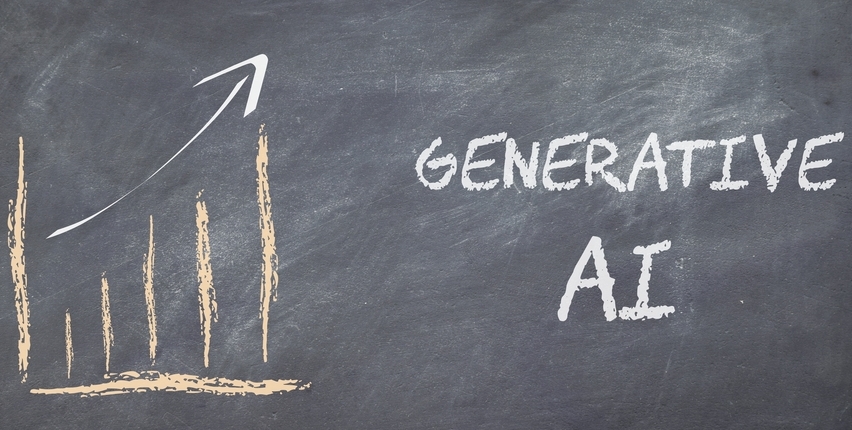This guest post from Alegion explores the reality of machine learning bias and how to mitigate its impact on AI systems.
Artificial intelligence (AI) isn’t perfect. It exists as a combination of algorithms and data; bias can occur in both of these elements.
When we produce AI training data, we know to look for biases that can influence machine learning (ML). In our experience, there are four distinct types of bias that data scientists and AI developers should avoid vigilantly.

The key to successfully mitigating bias is to first understand how and why it occurs. (Photo: Pixabay; Seanbatty)
Algorithm Bias
Bias in this context has nothing to do with data. It’s actually a mathematical property of the algorithm that is acting on the data. Managing this kind of bias and its counterpart, variance, is a core data science skill.
Algorithms with high bias tend to be rigid. As a result they can miss underlying complexities in the data they consume. However, they are also more resistant to noise in the data, which can distract algorithms with lower bias.
By contrast, algorithms with high variance can accommodate more data complexity, but they’re also more sensitive to noise and less likely to process with confidence data that is outside the training data set.
Data scientists are trained in techniques that produce an optimal balance between algorithmic bias and variance. It’s a balance that has to be revisited over and over, as models encounter more data and are found to predict with more or less confidence.
Sample Bias
Sample bias occurs when the data used to train the algorithm does not accurately represent the problem space the model will operate in.
Algorithms with high variance can accommodate more data complexity, but they’re also more sensitive to noise and less likely to process with confidence data that is outside the training data set.
For example, if an autonomous vehicle is expected to operate in the daytime and at night, but is trained only on daytime data, its training data has sample bias. The model driving the vehicle is highly unlikely to learn how to operate at night with incomplete and unrepresentative training data.
Data scientists use a variety of techniques to:
- Select samples from populations and validate their representativeness
- Identify population characteristics that need to be captured in samples
- Analyze a sample’s fit with the population
Prejudicial Bias
Prejudicial bias tends to dominate the headlines around AI failures, because it often touches on cultural and political issues. It occurs when training data content is influenced by stereotypes or prejudice within the population. Data scientists and organizations need to make sure the algorithm doesn’t learn and manifest outputs that echo stereotypes or prejudice.
For example, an algorithm that is exposed to annotated images of people at home and at work could deduce that all mothers are female, and this would be true in the sample data and the overall population. But the algorithm could also deduce that all nurses are female, which is not true.
Minimizing prejudicial bias requires sensitivity to the ways prejudice and stereotyping influence data. To address this form of bias, organizations must place constraints on input (training) data, and on outputs (results), and train the data scientists to avoid introducing their own societal prejudices into training data.
Measurement Bias
Measurement bias is the outcome of faulty measurement, and it results in systematic distortion of data. The distortion could be the fault of a device. For example, a camera with a chromatic filter will generate images with a consistent color bias and a 11-⅞–inch long “foot ruler” will always overrepresent lengths.
Measurement bias also occurs when data collections are designed poorly. For example, a survey with leading questions will influence responses in a consistent direction, and the output of a data-labeling tool may inadvertently be influenced by workers’ regional phraseology.
There are several ways to mitigate measurement bias. First, organizations must regularly compare the outputs of different measuring devices. Second, they should comply with survey design best practices. Third, they should train labeling and annotation workers before putting them to work on real data.
Ignore AI Bias At Your Own Risk
The key to successfully mitigating bias is to first understand how and why it occurs. Humans play a role in every aspect of ML and AI, from data assembly and annotation to algorithm development and beyond. This means AI systems always contain a degree of human error. Ignoring this reality puts your organization at risk.
Navigating bias is a challenge for all data science teams, even the most experienced. But it’s critical that these teams remain vigilant in the fight to protect the integrity of their data.
Alegion provides human intelligence solutions designed for AI & machine learning initiatives, digital content management and moderation.



